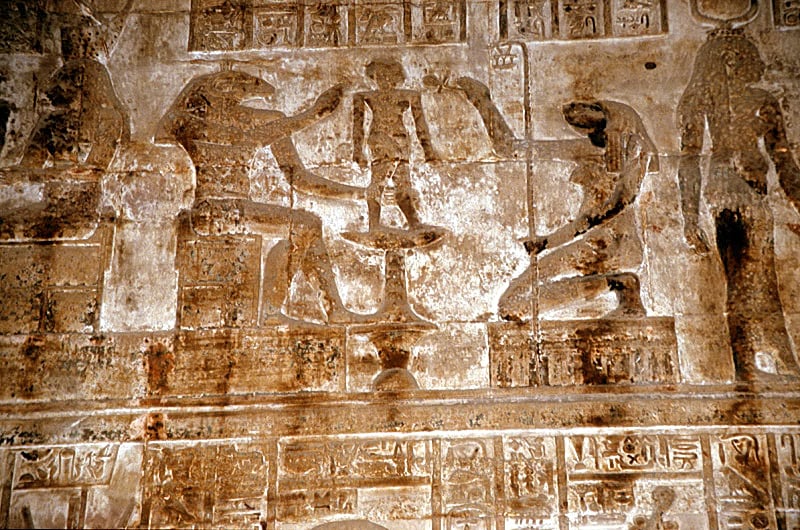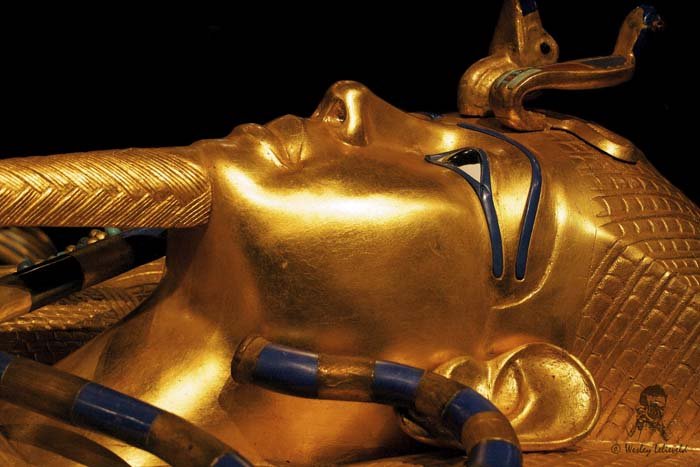Chinese Economy: Silk Industry
Following up on Chinese Economy: Iron Industry, this week we’ll discuss the Chinese Economy from the standpoint of its silk industry.
---
Sericulture is the cultivation of mulberry leaves, the tending of silkworms, the gathering of threads from their cocoons and the weaving of silk. It’s considered one of the most important inventions of ancient China, which is known as the country of silk, and silk has contributed greatly to China’s wealth and prosperity.
China has been considered the hometown of silk industry since the Longshan period (3500 – 2000 BC) according to archaeological evidence. The city of Yuncheng is the birthplace its silk industry, where many silkworm cocoons and chrysalises have been found in good condition, indicating that the ancestors of Yangshao Culture in southern Shanxi had raised silkworms.
Leizu, also known as Lady Hsi Ling Shi, is a legendary figure in Chinese history credited with the discovery of silk and the invention of the silk loom. She was the wife of the mythical Yellow Emperor who is said to have ruled China about 3,000 BC.
In one version of the tale, Leizu found some silkworms eating the leaves of a mulberry tree and spinning cocoons. She proceeded to collect some cocoons, and then to have a cup of tea. While sipping her tea, she accidentally dropped a cocoon into the cup. The heat from the tea caused the cocoon’s filament to loosen, which she realized could be unwound and turned into thread, in a process called “reeling.”
Reeling involves soaking cocoons in warm water, then unwinding the long single strand which composes each one, and assembling sets of strands on reels, from which they are removed and packaged as raw silk.
The commodity, silk, along with other luxurious trade goods, were exported from China via the Silk Road. As the trade in silk brought the ancient Chinese much revenue, China monopolized its production. Explorers were forbidden from crossing the border with eggs, cocoons or silkworms.
Trade along the Silk Road was conducted using a combination of barter and monetary exchange. Silk, exported in huge quantities from China, was in effect a form of currency, but due to its perishable nature relatively little has survived.
One story about smuggling this knowledge out of China is said to be found in Procopius’ History of the Wars . According to the tale, the Emperor Justinian was once visited by monks from India. These monks promised Justinian that they would provide him with the raw materials needed to produce silk, hence ending the empire’s dependence on the Persians (who were the enemies of the Byzantines). The monks fulfilled their promise and brought the smuggled eggs of the silkworm, covered in dung and kept warm, back to the emperor.
For a long time, silk was a material reserved for the Emperor of China and those very close to him, such as important family members and very high-ranking dignitaries.
Eventually, silk production grew to become quite a large industry in China. It was used for a variety of things, from fishing-lines and bowstrings to musical instruments.
---
Ready to invest in digital marketing for your business? Let's work together to create a plan designed around optimizing your business directory listings, while incorporating search engine optimization (SEO), content marketing, search engine marketing, lead generation and website design to ensure that your accounting practice is optimized to help you reach your goals.



